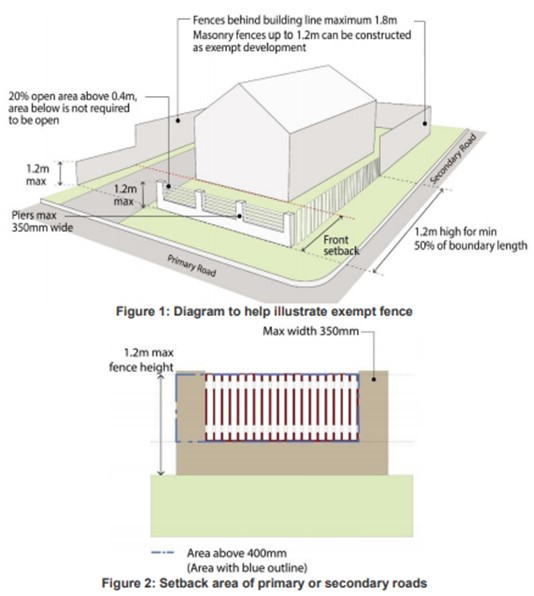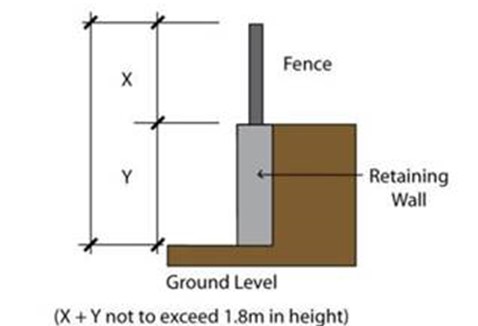
- Development Applications
- Development Information for the Community
-
Building and Construction
-
Building and Development Information Guides
- Advertising Signage
- Air Conditioning
- Asbestos
- Boarding Houses and Co-living
- Building Height Explained
- Carport
- Change of Use
- Demolition
- Fences
- Fire Places - Domestic Oil and Solid Fuel Heating
- Garage
- Home Based Commercial Enterprises (HBCE)
- Home Building Compensation Fund (HBCF)
- Lead Paint
- Mobile Business
- Owner Builders
- Pollution Signs
- Retaining Walls
- Secondary Dwellings - Granny Flats
- Shed
- Shipping Containers
- Short Term Rental Accommodation
- Studio
- Solar Panels
- Subdivision
- Swimming Pool/ Spa
- Temporary Events and Uses on Private Land
- Tiny Houses
- Construction Certificates
- Driveway Inspection Request
- Fire Safety
- Flood Certificates
- Principal Certifier, Building Inspections and Occupation Certificates
- Road Naming
- S10.7 Planning Certificates
- Street Numbering
- Swimming Pool Compliance & Regulations
-
Building and Development Information Guides
- Strategic Land Use Planning
- Development / Building and Construction / Building and Development Information Guides / Fence Development & Approval
Where the fence is not identified as Exempt Development, an approval will be required. That approval may be obtained via Complying Development or a Development Application.
If the fence is a dividing fence (separating the lot from an adjoining owner’s lot), the Dividing Fences Act 1991 also applies.
If the proposed fence meets all the relevant development standards as set out in the State Environmental Planning Policy (Exempt and Complying Development Codes) 2008 (the SEPP), the fence may not need planning approval.
Generally, exempt development cannot be carried out on:
(a) on a lot, or along a common boundary of a lot, that contains a heritage item or a draft heritage item, or
(b) along the boundary of, or within the setback area of, a primary or secondary road within a heritage conservation area or draft heritage conservation area, or
(c) on a flood control lot, or
(d) on land that is identified as being in a foreshore area.
The NSW Planning Portal website allow anyone to search land within the Newcastle Local Government area to confirm land zoning and other relevant planning matters. The interactive maps provide several search options to determine if your property is zoned for exempt development.
For a full list of development standards that apply to fences as exempt development, please refer to the below:
- Residential zones
- Business and industrial zones
- Residential swimming pool fences need to comply with the Swimming Pools Act 1992 No 49
Where the fence proposal does not meet the development standards of the above relevant and appropriate code, development consent will be required. Approval may be acquired through Complying Development or a Development Application.
Please Note: A lattice extension to an existing or proposed dividing fence or fence erected on top of a retaining wall behind the front building setback that results in a total height exceeding 1.8 requires development consent.
Council cannot advise whether your development is classified as exempt. This is something you must be satisfied with as the property owner.


For a full list of development standards that apply to fences as complying development, please refer to the below:
Where the fence does not meet the development standards of the complying development codes, a development application will be required to obtain consent for fencing. The City of Newcastle Development Control Plan (DCP) provide performance criteria and acceptable solutions to consider and address should the lodgement of a development application be necessary for council assessment and determination.
Adjoining owners must share the cost of the fence, except that:
- An owner must pay the additional cost if they want a fence of a higher standard than is required for a sufficient dividing fence.
- An owner will have to pay the full cost if the existing fence is damaged, either deliberately or negligently, by the owner or by someone else with the owner’s permission. If the fence is damaged by a tenant, the owner must pay for the work even if they plan to claim the cost from the tenant.
- Public authorities with control over Crown lands, parks, reserves etc do not have to contribute to fencing costs. However, people living next to such properties may be able to negotiate with that authority for a contribution.
- Common trusts are subject to the Dividing Fences Act 1991 and are liable for contributions to fencing.
A sufficient dividing fence is defined as a fence which separates the properties, for example a paling fence in a residential area, or a wire and steel star post fence in a rural area. The owner who seeks a fence of a higher standard is liable to pay the difference in the cost between that fence and a sufficient dividing fence.
Council has no role in fencing disputes as this is a civil matter between landowners.
Advice relating to fencing disputes should be sought from Legal Aid Services, Chamber Magistrates at the local court, LawAccess NSW, Community Justice Centres or private lawyers.
For more information on dividing fences and dispute resolution, please visit Law Assist website for assistance on:
- Who should pay?
- What type of fence?
- Where should the fence go?
- How to seek an agreement with your neighbour.










